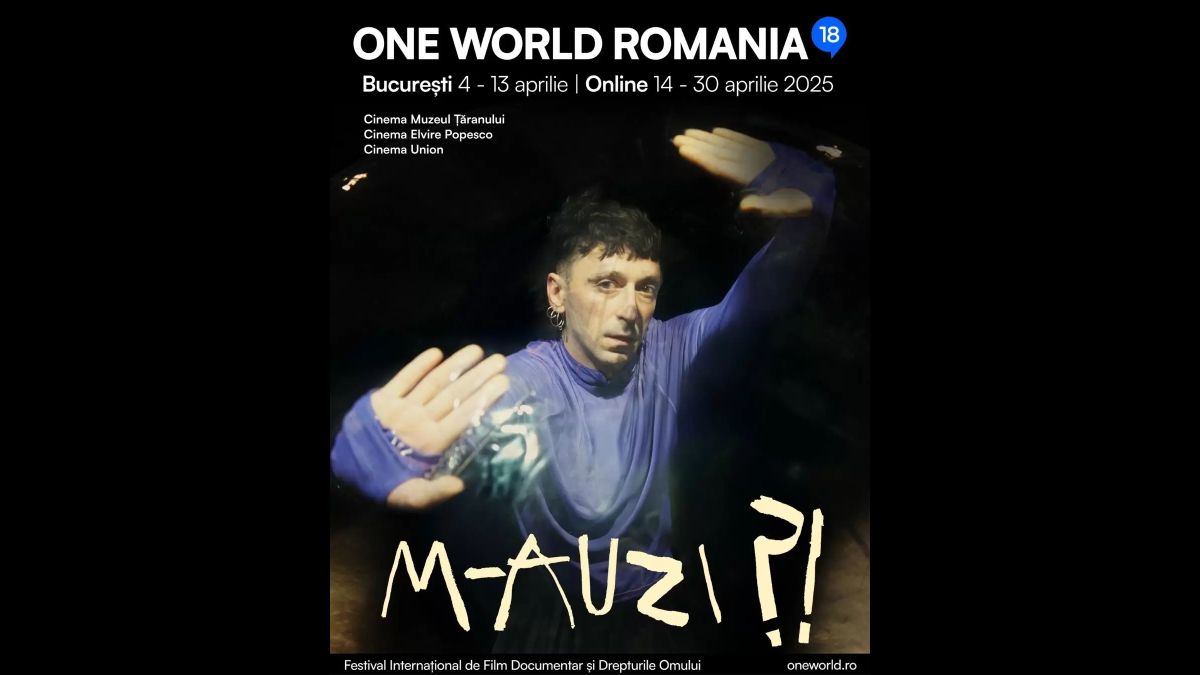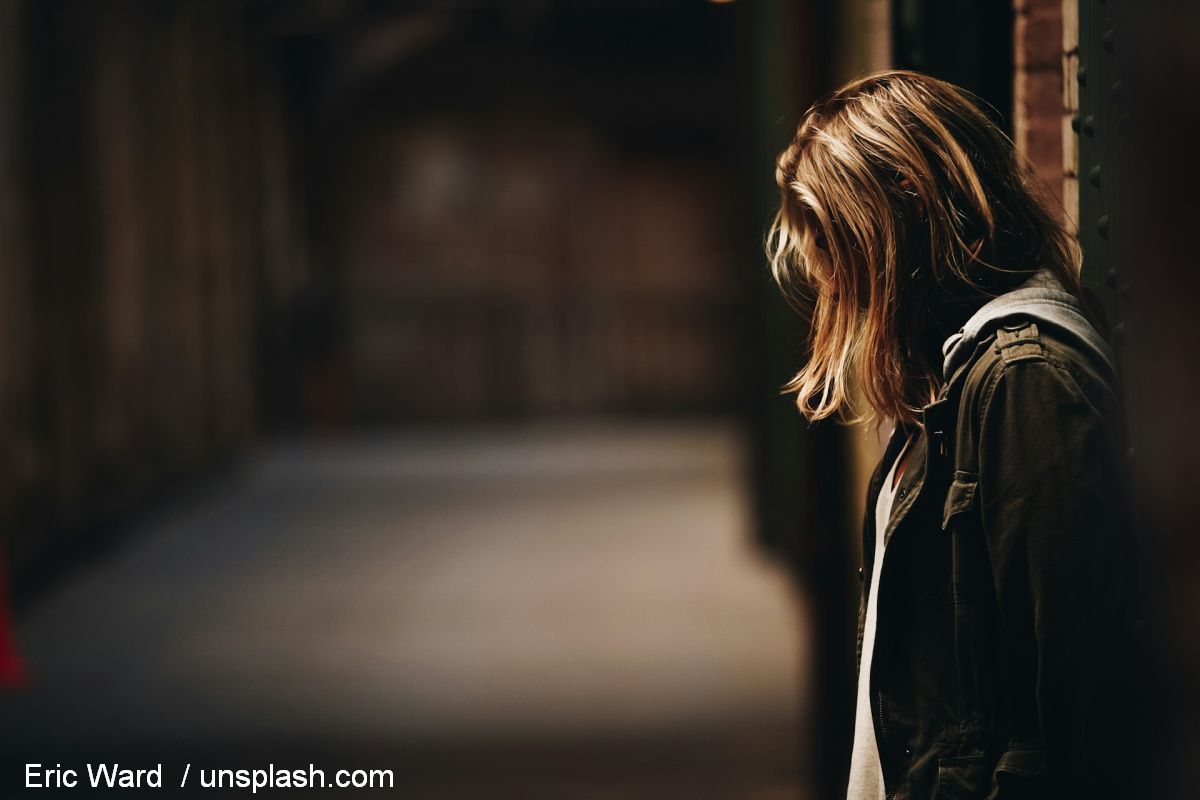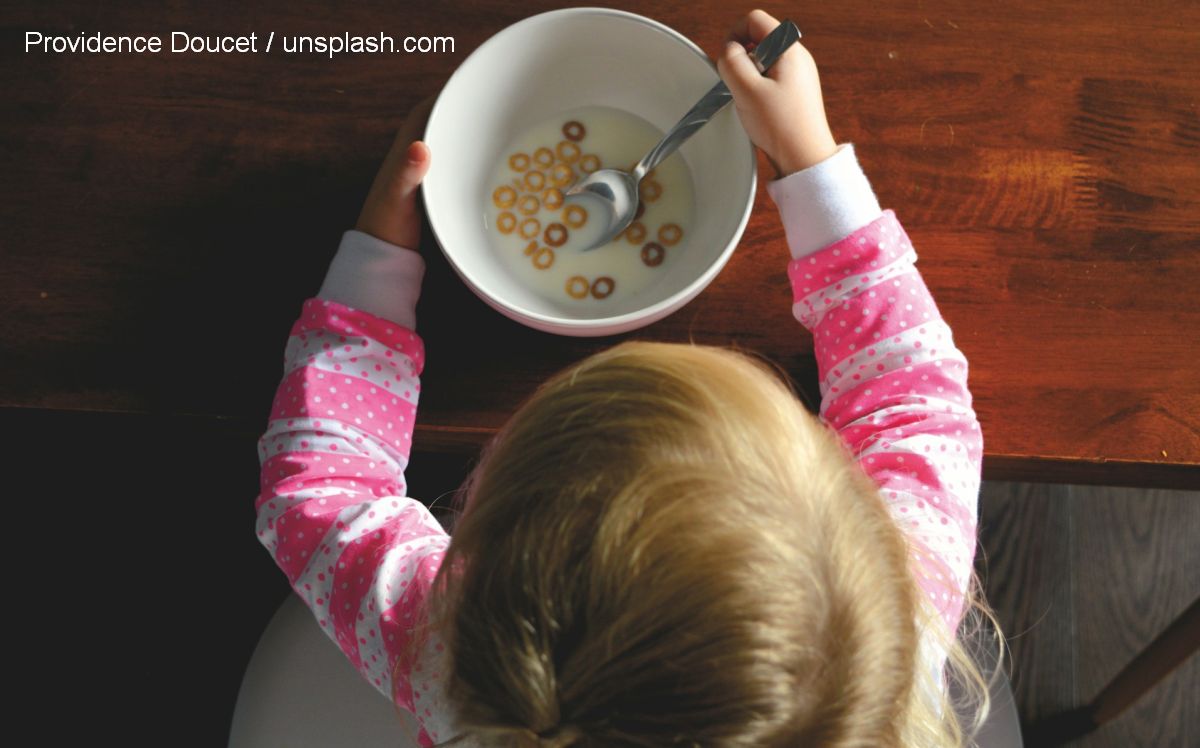Old Crafts and Community Welfare
Dana and Ionut Georgescu, the initiators of the Paper Mill project in the village of Comana, recycle scrap paper and turn it into organic paper.

Christine Leșcu, 09.09.2015, 13:45
At a time when ecology, social economy and the revival of rural traditions are under scrutiny there are people who have found the courage to combine them all. This is the case of a young family, Dana and Ionut Georgescu, the initiators of the “Paper Mill” project in the village of Comana, 25 kilometers away from Bucharest. Using the infusion method they recycle scrap paper and turn it into organic paper. The paper is then printed and bound by using machinery retrieved from old printing houses. The beginnings of the “Paper Mill” are closely connected to the birth of Elena, the 5-year old daughter of Dana and Ionut Georgescu. Here is Dana Georgescu:
“We were working in private companies. After we had Elena and I spent more time with her at home I felt I had to do more than I had done before. I have always loved writing and everything that is beautiful. So I felt the urge to do more than go to office every day, earn some money and then spent it on holidays. That was back in 2007. From that moment on my husband and I started searching and we discovered we wanted to do something in the printing field. My husband has a passion for maps, so things started to fall into place. In 2009 we began taking classes. I attended a photography class and my husband learned how to bind books, although he was initially interested in making collages.
Once the “Paper Mill” was designed, the Georgescus started looking for a location for it. They eventually got to see Comana, a village located in the middle of a natural park, with forests and a small delta on the Neajlov river. The village also hosts the memorial house of poet Gellu Naum. They thought the place was predestined to host their mill. Now they spend most of the week there, recycling and printing paper. They have even opened a small museum with old printing machines on display. Some of them are heritage objects, such as the one manufactured in Leipzig, in 1889, and which the Universul printing house had used. And because Comana received them in such a warm manner, they thought of giving it something back, so they set up a small social enterprise that produces booklets, postcards, bookmarks and, of course, hand-made eco paper. Ionut Georgescu:
“This is a non-profit business, a rather special business for Romania where the concept of social economy is starting to gain ground and even be regulated. What we have discovered since we came here in Comana is that you cannot do something in a community without trying to offer it something in return. We have discovered that, the more we get involved in the community life, the more the community offers something in return. We have worked with children from the school in Comana. They have free access to our activities. We have found trustworthy people here, whom we work with at the Paper Mill. They are people we can count on, who understand our dreams. Theyre helping us do something for ourselves and for the community. We cannot separate economic development from the prosperity of the community that we live in. “
Ionut Georgescu also told us a few things about Comanas economic situation and about how the community has received their ideas.
“The rural area needs economic growth. The job offer is very poor here so most locals commute to Bucharest or the neighboring villages for work. They have no alternative. But we believe that handicrafts can increase their revenues and can even become their main source of income. When we first presented them our ideas they showed disbelief, but little by little, seeing what weve accomplished so far, have begun to realize that by using old things we can make a change for the better. So theyve become more open. Some of them have even got involved in our activities.”
Children are the most enthusiastic when it comes to the Paper Mills activities. Dana Georgescu has created special workshops for them to see how paper is made and printed. Dana Georgescu:
“At the beginning they are very curious and amazed by what they see. They are really surprised by what they find here. As I explain them how things work, they get more and more interested and when I get to the part where the paper is actually being made, they start competing with each other over who tries it first. There are cases when children tell us they will come to work here when they grow older. So they are very enthusiastic about what they see and learn here. “
The Georgescu family has big plans for the years to come. They want to set up a “Craftsmens Village” in Comana. They have managed to find Norwegian funding to build small traditional houses where old crafts such as pottery, weaving and wood processing can be practiced and learned.






























